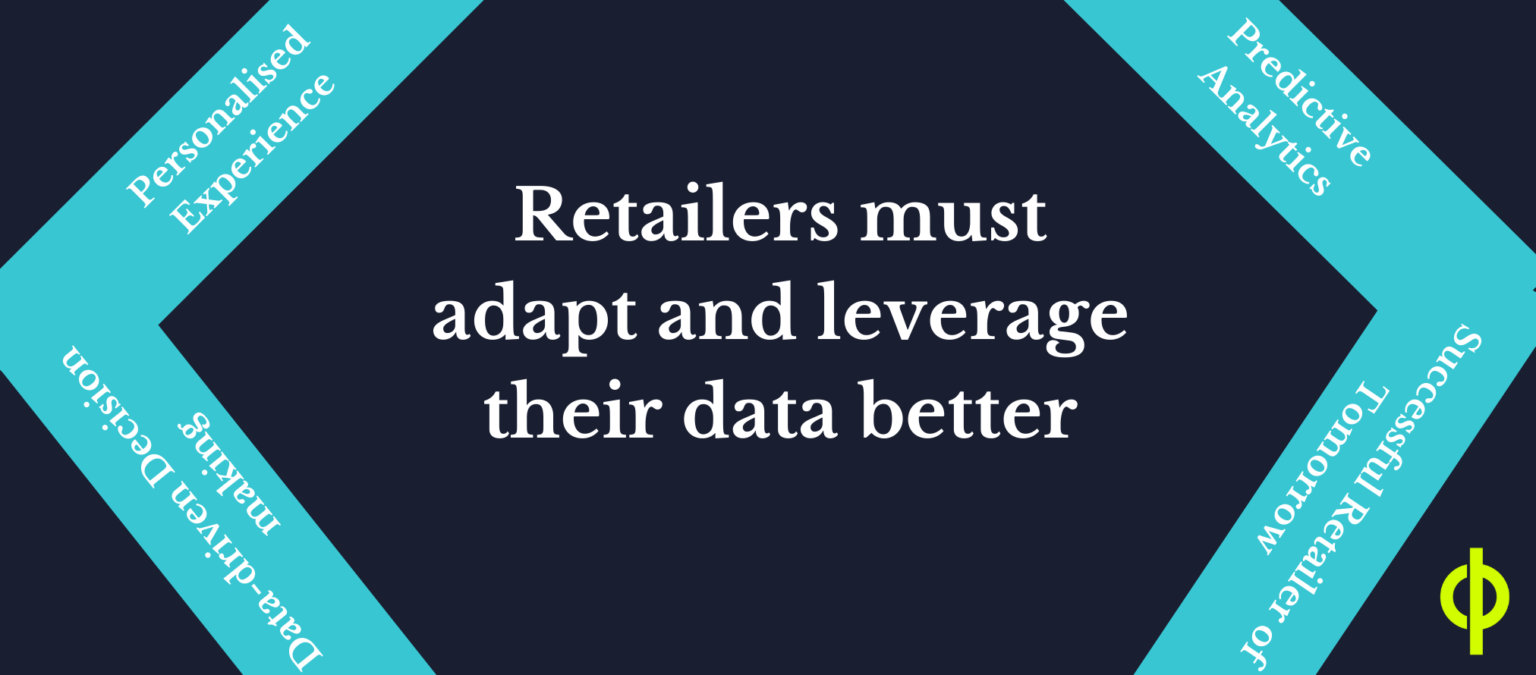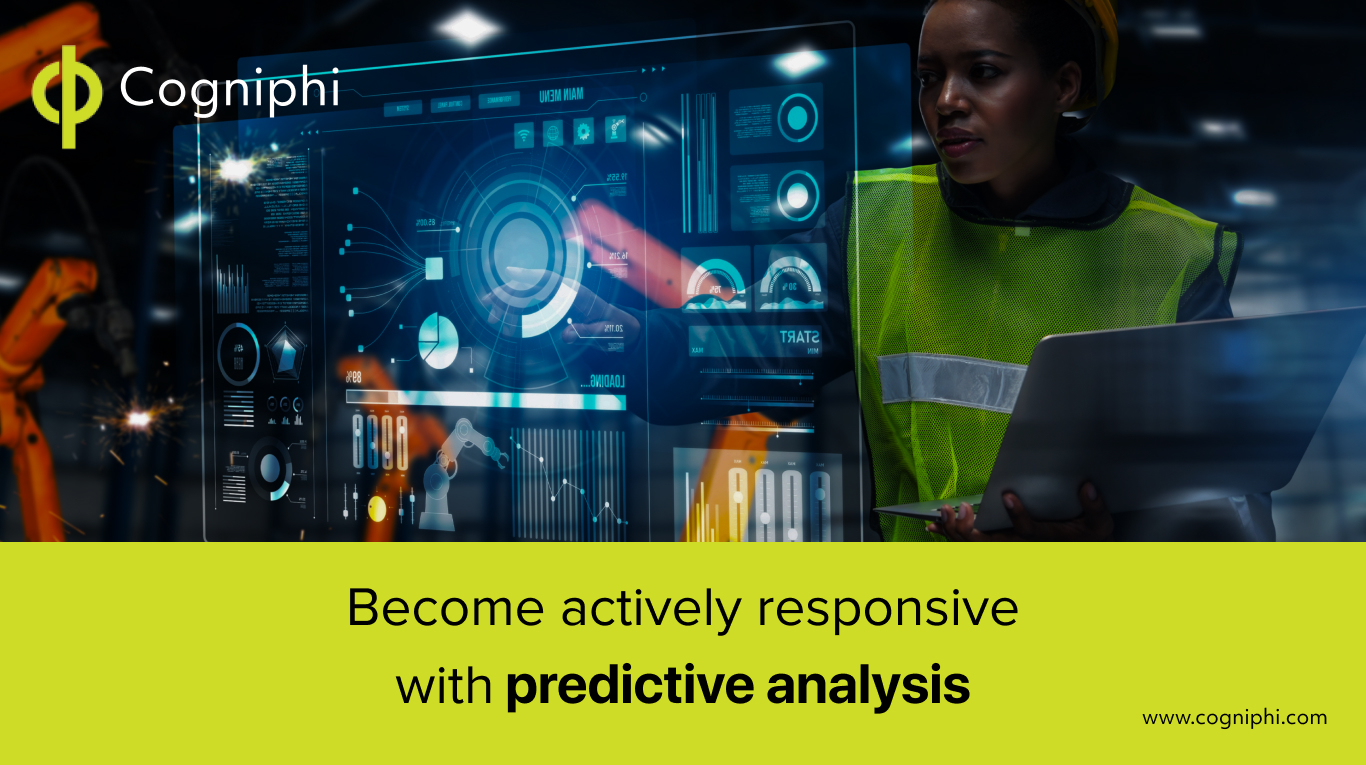Data has become the driving force and the stimulus of the retail world in these modern times. It is now the most essential constituent of any Digital Transformation strategy aimed at moving ahead to keep pace with customers’ demands and preferences. Without real-time data and analytics, Retail will be dead and gone.
More data are being generated in Retail businesses than ever before. The key is to make contextual sense out of this data and how to put it to the best use.
Investing in and adopting technology to upgrade your Data analytical capabilities is proving to be the best way to discover not only new opportunities but also to improve and change your business processes for a better bottom line.
Personalised experience
A Forrester report has revealed that shoppers today will not mind sharing personal information if they get convinced that it will result in their getting personalized products or promotions. This is confirmation of how important a personalized experience has become to a shopper. For the Retailer the message is simple. If you don’t invest in Data analytics you don’t get to deliver personalized service. And that is just one part of the story.
Data-driven Decision making
Artificial Intelligence AI), Machine Learning (ML), Computer Vision (CV) and Cloud technologies are some of the popular routes to making data driven decisions. What in essence Retail businesses need is software that gives you the capability to adapt quickly to new ways of delivering products and services based on the data you generate, whether it be on Sales trends, Inventory movement or Visual images and videos thrown up by your CCTV infrastructure.
The ultimate software is the one that can convert huge amount of data into logical, meaningful and consistent insights that can be instantly displayed on an integrated dashboard. If this software can link up to multiple data sources and collate them in a manner that is easily comprehensible, nothing like it.
Predictive Analytics
AI-based software solutions, such as the ones based on Vision Intelligence, are today capable of analyzing past events, current happenings and estimating what is likely to happen in the future. Predictive analytics is the name of the game. For example, Cogniphi’s AI Vision platform uses CV and ML-based learning capabilities to understand data, analyse patterns in that data, link them with several potential scenarios, and make predictions that will reduce the gap between what is needed by the market and what is actually delivered.
Successful Retailer of Tomorrow
The two most essential components of the Retail business today are Understanding your customer better and Improving your supply chain, to be able to deliver the right product to the right customer at the right time and at the right price. The successful retailer of tomorrow will be the one who acquires these capabilities by using technology that turns his Data into useful business intelligence, which enables him to meet customer needs and to run his operations efficiently.
About Cogniphi
Cogniphi is a technology company that enables customers to achieve transformational outcomes through cognitive digital solutions. It believes in a 360-degree problem-solving approach, building solutions that can scale and adapt to changing business demands for continuous improvement.


